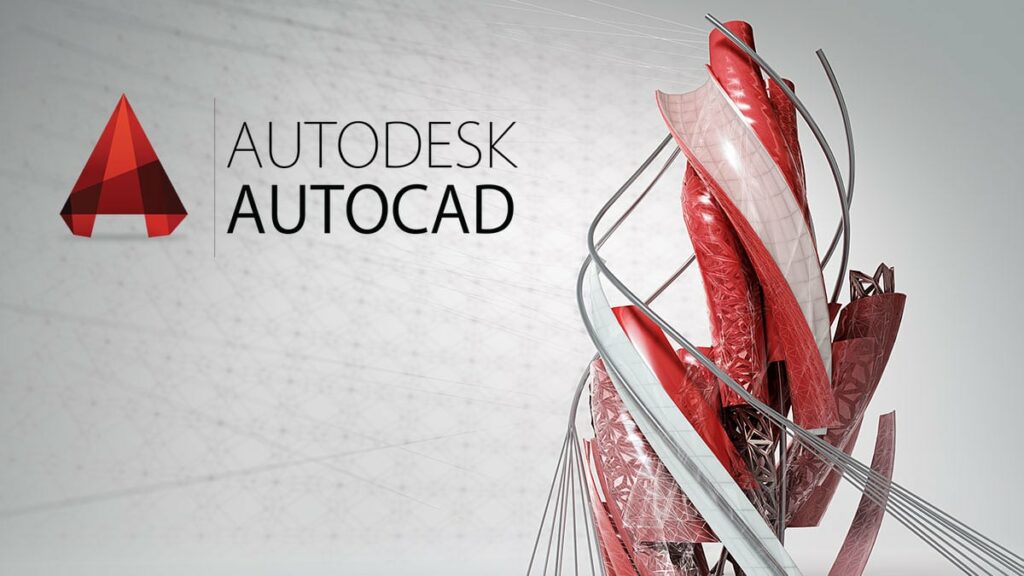Demystifying AutoCAD: A Comprehensive Beginner’s Guide

Unveiling the World of AutoCAD for Novice Design Enthusiasts
In the vast realm of computer-aided design (CAD), AutoCAD emerges as a titan, a versatile tool empowering architects, engineers, and designers to transform ideas into precise, digital realities. For those stepping into the intriguing world of AutoCAD, this comprehensive guide acts as a beacon, illuminating the fundamentals, functionalities, and the transformative potential this software holds. Whether you’re an aspiring architect, a budding engineer, or simply a creative mind eager to explore the realms of digital design, this beginner’s guide is your gateway to understanding the essence of AutoCAD.
I. Introduction to AutoCAD: Navigating the Digital Blueprint
Embarking on your AutoCAD journey requires a fundamental understanding of its purpose and the industries it influences.
- What is AutoCAD?
- AutoCAD Defined: Grasping the concept of AutoCAD as a computer-aided design software.
- Evolution and Legacy: Tracing the origins and the transformative journey of AutoCAD since its inception.
- Industries and Applications
- Architecture: Exploring how architects leverage AutoCAD for precision in building design.
- Engineering: Unveiling the role of AutoCAD in engineering, from mechanical to civil applications.
- Design and Beyond: Understanding the software’s reach in various design-centric industries.
II. The AutoCAD Interface: Navigating the Digital Canvas
Familiarizing yourself with the AutoCAD interface is akin to stepping into the architect’s studio or the engineer’s workspace.
- Workspace Overview
- Ribbon and Toolbars: Navigating the intuitive Ribbon interface and customizable toolbars.
- Model and Layout Tabs: Understanding the dual workspace for creating 2D and 3D designs.
- Basic Commands and Navigation
- Essential Commands: Introduction to fundamental commands for drawing and editing.
- Zoom and Pan: Mastering the art of navigation for seamless design exploration.
III. Creating Your First Designs: Mastering the Basics
AutoCAD’s prowess lies in its ability to translate ideas into tangible designs. This section delves into the foundational steps of creating your first drawings.
- Drawing Tools and Geometry Creation
- Lines and Shapes: Utilizing basic drawing tools to create lines, circles, and polygons.
- Precision Drawing: Grasping methods for accurate dimensioning and alignment.
- Editing and Modifying Designs
- Move, Copy, and Rotate: Learning essential commands for manipulating design elements.
- Trim and Extend: Refining designs through trimming and extending functionalities.
IV. Understanding Layers and Object Properties: Organizing Your Designs
Layers and object properties add layers of organization and detail to your designs, enhancing both clarity and control.
- Layers in AutoCAD
- Layer Management: Organizing designs through layers for improved structure.
- Layer Properties: Understanding how to customize layer attributes for different elements.
- Object Properties
- Assigning Properties: Exploring how to define properties such as color, linetype, and thickness.
- Property Modification: Learning to modify object properties for cohesive design aesthetics.
V. Advancing to 3D: Transitioning Into the Third Dimension
AutoCAD’s capabilities extend beyond 2D drawings. This section introduces the basics of venturing into the third dimension.
- Introduction to 3D Modeling
- Extrusion and Revolve: Initiating 3D designs through extrusion and revolve commands.
- Viewing in 3D: Understanding navigation and visualization tools for 3D spaces.
VI. Saving and Sharing Your Work: Preserving Your Design Legacy
Efficiently saving and sharing your AutoCAD projects ensures seamless collaboration and preservation of your creative endeavors.
- Saving Your Designs
- File Formats: Choosing the appropriate file format for different project needs.
- Autosave and Backup: Implementing measures to prevent data loss and streamline workflow.
- Exporting and Printing
- Export Options: Exploring export settings for sharing AutoCAD designs in various formats.
- Print Configurations: Preparing designs for physical representation through print.
Conclusion: Empowering Creativity with AutoCAD
As this beginner’s guide unveils the foundational aspects of AutoCAD, it’s crucial to recognize that mastery comes with practice and exploration. AutoCAD isn’t just a tool; it’s a gateway to turning imagination into precision. Whether you envision architectural marvels, intricate mechanical designs, or artistic expressions in the digital realm, AutoCAD is your companion in the journey of creation. As you navigate the digital blueprint, remember that every command, every layer, and every dimension is a stroke on the canvas of possibility. So, embark on your AutoCAD odyssey, and let your creativity shape the future.







